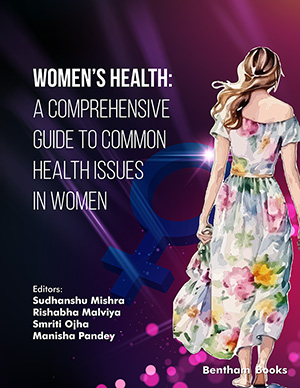Abstract
The menstrual cycle refers to the hormone-related, rhythmic, repeating
processes in a woman's body that are accompanied by monthly bleeding. A woman's
body goes through changes during her menstrual cycle that are intended to establish the
perfect conditions for the start and continuation of her pregnancy. Basic biological
processes encompassing the ovary, anterior pituitary, cerebellum, and endometrial
make up the menstrual cycle. Environmental factors, including stress, intense exercise,
eating disorders, and obesity, can easily disturb the menstrual cycle, even with all of its
complexity. Genetic issues include fragile X permutations, X chromosomal
abnormalities, and point mutations in the enzyme galactose-1-phosphate
uridyltransferase (GALT) (galactosemia), which can potentially interfere with the
menstrual cycle. The intricate surge and variations in a variety of distinct reproductive
hormones control the menstrual cycle. Together, these hormones help a woman's body
get ready for pregnancy. The hypothalamus and pituitary gland regulate six important
hormones, and the hypothalamus also secretes GnRH. FSH and luteinizing hormone
LH are both a result of pituitary production when GnRH is present in the body. Under
the direction of FSH and LH, the ovaries release testosterone, progesterone, and
estrogen, as well as other hormones. The development of menstruation function is
influenced by the start of puberty (adolescence). Menarche, or the onset of the first
period, often occurs between the ages of 11 and 14 years, following which the
menstrual cycle becomes regular for 1 to 1.5 years. Adolescent girls frequently
experience menstrual issues, with an average occurrence rate of about 50%. These
issues include amenorrhea, dysmenorrhea, premenstrual syndrome, and irregular
uterine bleeding. While the majority of problems are minor—such as variations in
period duration and flow—on occasion, they may be sufficiently serious to require
hospitalization, especially in the instance of extreme malfunctioning uterine bleeding.
Keywords:
Amenorrhea, Adolescence, Menstrual cycle, Menstruation, Metrorrhagia, Oligomenorrhea, Premenstrual.

